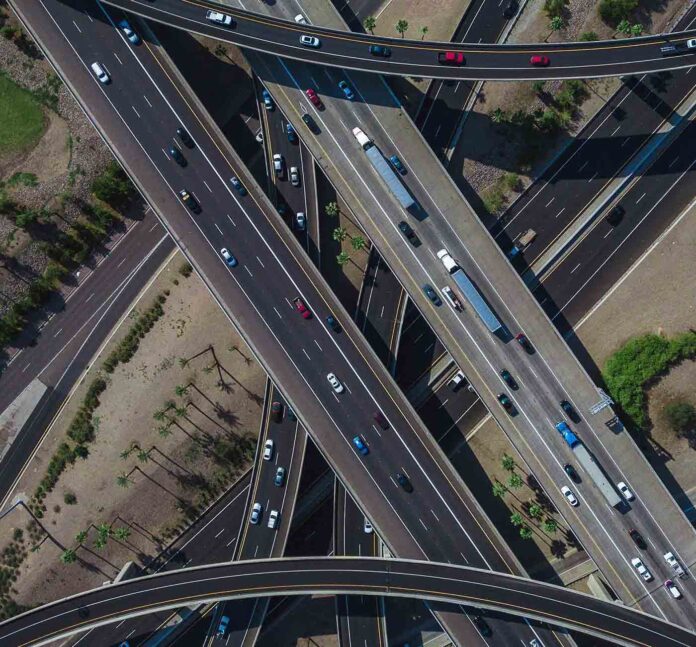Today marks a significant update to the Highway Code, bringing with it changes that impact motorists, cyclists, and pedestrians alike. This comprehensive guide aims to provide a detailed overview of the new rules and restrictions that have come into effect, ensuring everyone on the road stays informed and compliant.
Key Changes and Updates
1. Priority for Pedestrians and Cyclists
One of the prominent updates in the revised Highway Code emphasizes increased priority for pedestrians and cyclists at junctions and crossings. Drivers are now required to give way to pedestrians waiting to cross at junctions or designated crossings, promoting safer interactions between vehicles and vulnerable road users.
2. Speed Limits and Urban Areas
New speed limits have been introduced in urban areas to enhance safety for all road users. Lower speed limits aim to reduce accidents and improve traffic flow, with stricter enforcement measures in place to ensure compliance.
3. Cycling Infrastructure and Safety
In a bid to promote sustainable transportation, the updated Highway Code includes provisions for improved cycling infrastructure and safety measures. This includes designated cycling lanes, clearer signage, and guidelines for safe overtaking of cyclists to minimize risks on the road.
4. Vehicle Emissions and Environmental Considerations
With a growing emphasis on environmental sustainability, the revised Highway Code introduces measures to reduce vehicle emissions and promote eco-friendly driving practices. This includes guidelines on idling restrictions, vehicle emissions standards, and incentives for electric and hybrid vehicles.
5. Mobile Phone Usage and Distraction
Stricter penalties for mobile phone usage while driving have been reinforced to combat distracted driving and improve road safety. Drivers are prohibited from using handheld devices while behind the wheel, with increased fines and penalties for offenders.
Impact on Road Users
1. Drivers
For motorists, the updated Highway Code requires heightened awareness of pedestrian and cyclist rights of way, adherence to revised speed limits in urban areas, and compliance with stricter rules on mobile phone usage. These changes aim to foster a safer and more inclusive road environment for all users.
2. Cyclists
Cyclists benefit from improved infrastructure and safety measures outlined in the revised Highway Code, including clearer guidelines on road positioning, overtaking, and interactions with other road users. These provisions aim to enhance cyclist safety and encourage greater uptake of cycling as a mode of transport.
3. Pedestrians
Pedestrians are granted increased priority at junctions and crossings under the updated Highway Code, reinforcing their rights to safe passage and reducing potential conflicts with vehicles. Clearer signage and improved visibility measures aim to enhance pedestrian safety in urban and residential areas.
Conclusion
The changes introduced in the updated Highway Code reflect ongoing efforts to prioritize road safety, sustainability, and inclusivity in transportation. By staying informed about these updates and adhering to the revised rules and restrictions, road users can contribute to creating a safer and more efficient road network for everyone.
This article provides a comprehensive overview of the new rules and restrictions introduced in the updated Highway Code, ensuring readers are equipped with essential information to navigate the road safely and responsibly.

